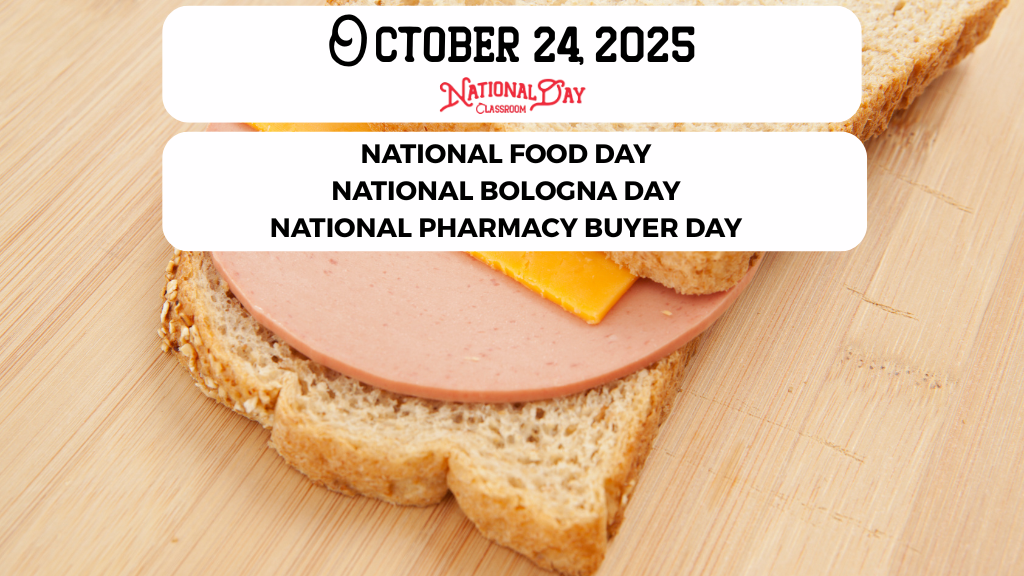
🗺️ Bologna: A Global Food Journey
This lesson focuses on the origins of bologna (often pronounced “baloney”) and its connection to the Italian city of Bologna.
Part 1: The Geography and Origin
- Introduction (5 minutes):
- Start by asking students if they know what bologna is and how it’s usually pronounced (“baloney”).
- Introduce the correct spelling, Bologna, and reveal that it’s named after a famous city in Italy.
- Locating Bologna (10-15 minutes):
- Use a large map or a digital projection.
- Have students locate Italy on the map, pointing out its distinctive “boot” shape.
- Have them find the city of Bologna in the northern region of Emilia-Romagna.
- Discussion Point: Explain that the Italian version of this sausage is called mortadella and is a high-quality product, traditionally made with specific ingredients like cubes of pork fat (lard) and sometimes pistachios.
Part 2: History and Language
- The Journey to America (10 minutes):
- Discuss how the food came to the U.S., likely brought by immigrants, and how the name evolved due to different spellings and pronunciations.
- Vocabulary: Explain that the popular American spelling, bologna, is often pronounced “baloney,” which is an example of an “Americanized” pronunciation of a foreign word.
- Fun Fact: In the 17th century, the recipe for mortadella was actually protected by the Papacy with an official definition to ensure quality!
- “Baloney” as Slang (5-10 minutes):
- Introduce the common slang use of the word: “That’s a load of baloney!”
- Discussion: Ask students what they think this phrase means (nonsense, untrue, ridiculous). This is a great way to explore how food names can become part of common language and culture.
Part 3: Creative Wrap-up Activity
- The Bologna Shape Challenge (15-20 minutes):
- Science/Art Connection (No food required!): Hand out circles of paper (the size of a piece of bologna) or have students draw a circle on construction paper.
- Challenge them to come up with creative ways to use the circular shape: “What else in the world is round like a piece of bologna, or what can we make it into?”
- Examples: A clock face, a smiling sun, a coin, a planet, or even, if you fry a piece of bologna (as is popular), it curls up—so they can draw a “Bologna Boat” or a “Bologna Flower.”